Rhinoceroses, often simply called “rhinos,” are amongst the largest of all land animals on the Earth. Because of this, they are often classified as “megafauna,” which refers to animals over 2,200 lb (1,000 kg). The name “rhinoceros” comes from the Greek “rhino” (nose) and “ceros” (horn), because all 5 species of rhino have either 1 or 2 horns on their nose.
Rhinoceros horns do not contain any bone but are made only of keratin – the same substance that makes human hair and fingernails. Rhinos are found in parts of Africa and parts of Asia, and are amongst the most endangered of all animals on the Earth. Read on to learn about the rhinoceros.
Description of the Rhinoceros
Rhinos are thought to be the second largest land animal, with the elephant being the largest. They have a robust, cylindrical body with a large head, relatively short legs, and short tail. The characteristic feature of these animals is a large horn in the middle of their faces; some species have a second, smaller horn.
Rhinos are usually grey, black, or brown (though one species is called the “white rhino”), and average about 1.5 tons (1360 kg) in weight. The two rhino species of Africa are much larger than the three species found in Asia.
Interesting Facts About the Rhinoceros
Being so large, rhinos have evolved several interesting features and characteristics. They are also an iconic animal of the countries in which they are found, leading to some interesting facts about the Rhinoceros.
- Collective Noun – The name for a group of rhinoceroses is a “crash,” or a “herd”.
- Value of Horns – Rhinos are illegally hunted for their horns, which on the black-market sell for the same price as gold on a weight-for-weight basis.
- Speed – Despite their great size, rhinos can run very quickly – up to 30 mph (48 kph).
- Thick-Skinned – Rhinos have a tough skin that is approximately 0.6 in (1.5 cm) thick, which is why they are sometimes referred to as “pachyderms.”
- Horn growth – Rhino horns grow as much as 3 in (8 cm) a year, and may grow up to 5 ft (1.5 m) long.
Habitat of the Rhinoceros
The preferred habitat varies depending on the species, but range from savannas, grassland plains, wetlands, and dense forests in tropical regions.
Distribution of the Rhinoceros
There are two species of rhino found in various regions of Africa, and three species in regions of Asia.
Diet of the Rhinoceros
Rhinos are herbivores, which eat only plant matter such as grasses, shoots, leaves, fruits, berries, and buds. They can be either grazers, mainly eating from the ground; or browsers, mainly eating from bushes, shrubs, and trees. Rhinos have evolved specialist mouths for their different styles of eating. For example, black rhinos have long, pointed lips for browsing on foliage, whereas white rhinos have broad, flat lips for grazing from the ground.
Population Sizes
The populations of all 5 species of rhinos are extremely small:
- White rhino: 20,000
- Black rhino: 4,880
- Indian rhino: 3,600
- Sumatran rhino: 140 – 210
- Javan rhino: 35 – 45
Rhinoceros and Human Interaction
Rhinos are illegally hunted for their horns, which are used in traditional medicines, dagger handles, and decorations. Although rhinos are large, tough, and aggressive, they are very easily poached due to their drinking behavior – they visit water holes daily and, while distracted by drinking, can be easily killed. This poaching has led to endangering all of the five species, some of which are now dangerously close to extinction.
Domestication
Rhinos have not been domesticated.
Does the Rhinoceros Make a Good Pet
Because of their great size, strength, and aggression, rhinos do not make good pets.
Rhinoceros Care
Again– because of their great size, strength, and aggression – rhinos require specialist care when kept in zoos.
Behavior of the Rhinoceros
Rhinos are solitary animals, and both males and females establish territories. They use their horns not only when fighting for territory or mates, but also to defend themselves from potential predators, such as lions, tigers, and sometimes hyenas. Unusually for an herbivore, rhinos are considered to be highly aggressive. They are well known for having poor eye-sight, but they have very good hearing, and a keen sense of smell.
Reproduction of the Rhinoceros
During courtship, males and females often fight and may cause serious injuries to each other with their horns. After mating, the pair separates. A single baby (called a “calf”) is born after a pregnancy of 14 to 18 months. Although calves begin eating vegetation several days after being born, they continue to drink milk from their mother for a year, before leaving her completely after 3 years. Females produce a calf only once every 2-5 years.
Beliefs, Superstitions, and Phobias About the Rhinoceros
In some cultures, it is believed (incorrectly) that rhinoceros horns have medicinal properties, and can cure cancer, purify water, or act as an aphrodisiac. It is also believed the horn brings good luck, so they are sometimes used as decorations or as jewelry. Rhinoceros horns are simply highly compacted hair.

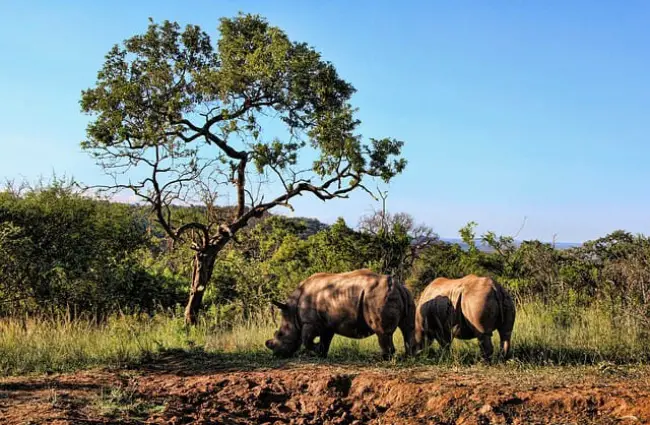
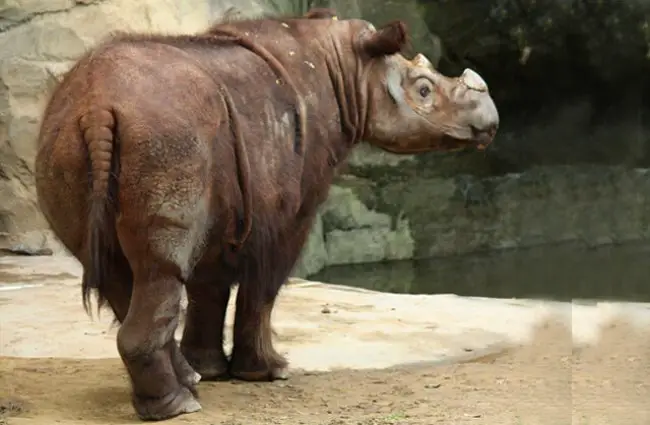
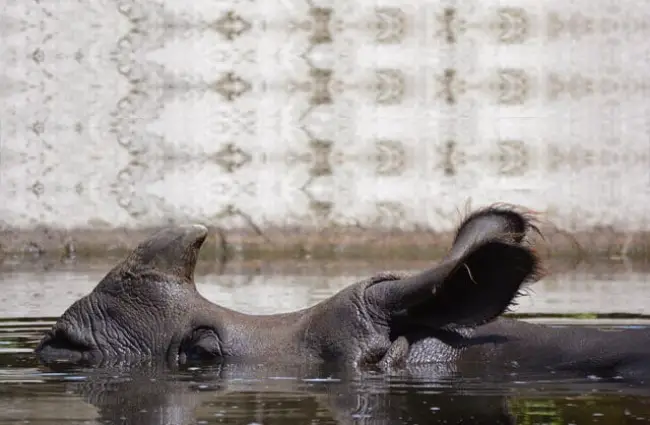
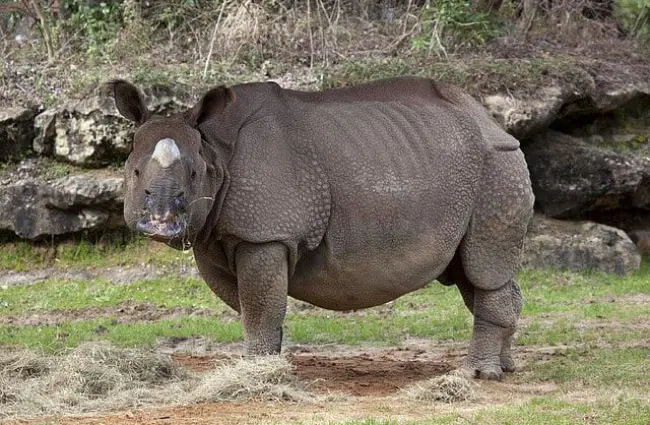
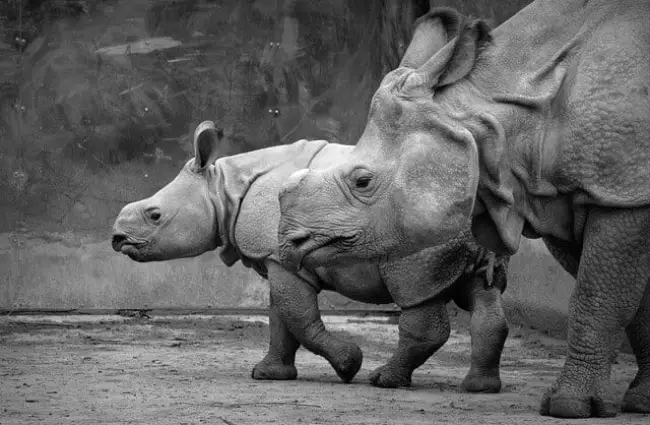


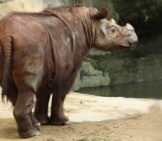

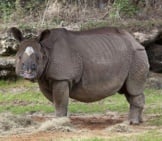
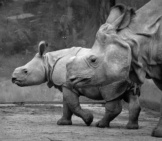
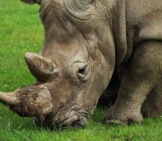
![Red Angus Closeup of a beautiful Red Angus cowPhoto by: U.S. Department of Agriculture [pubic domain]https://creativecommons.org/licenses/by/2.0/](https://animals.net/wp-content/uploads/2020/03/Red-Angus-4-238x178.jpg)












![Red Angus Closeup of a beautiful Red Angus cowPhoto by: U.S. Department of Agriculture [pubic domain]https://creativecommons.org/licenses/by/2.0/](https://animals.net/wp-content/uploads/2020/03/Red-Angus-4-100x75.jpg)


